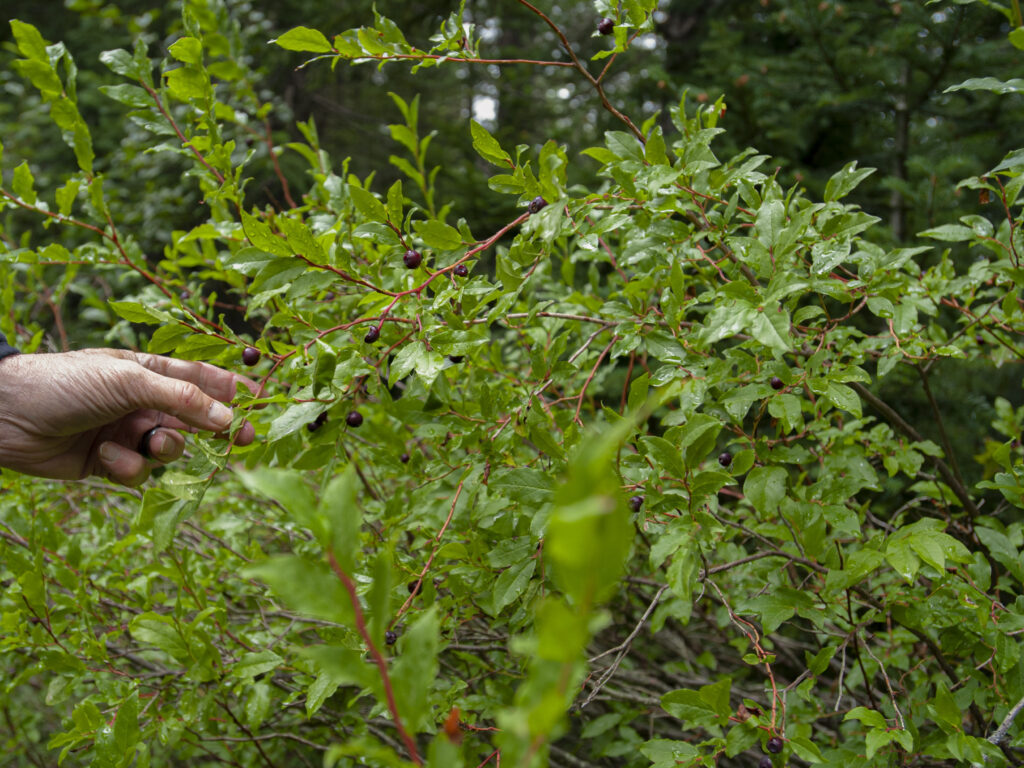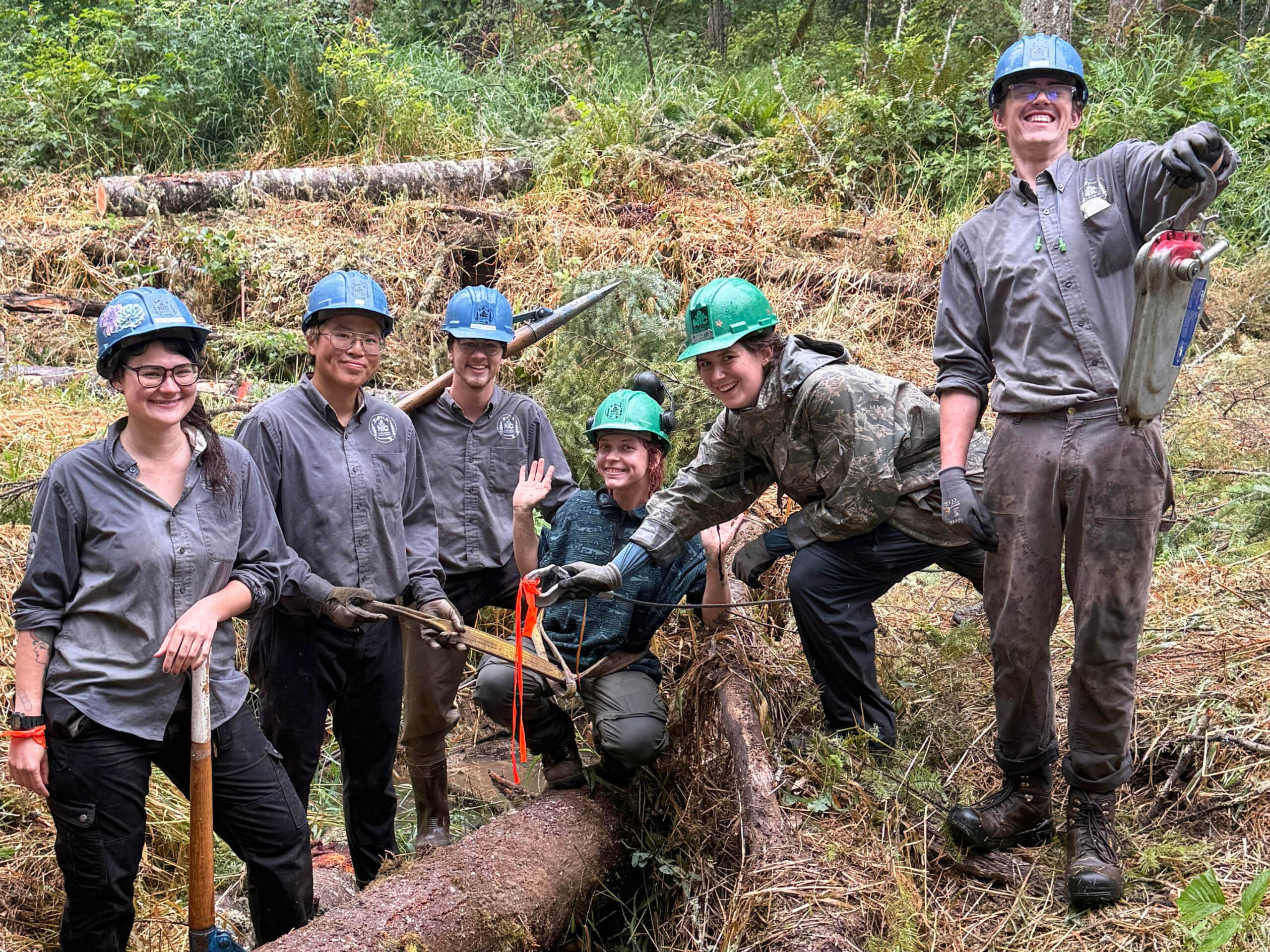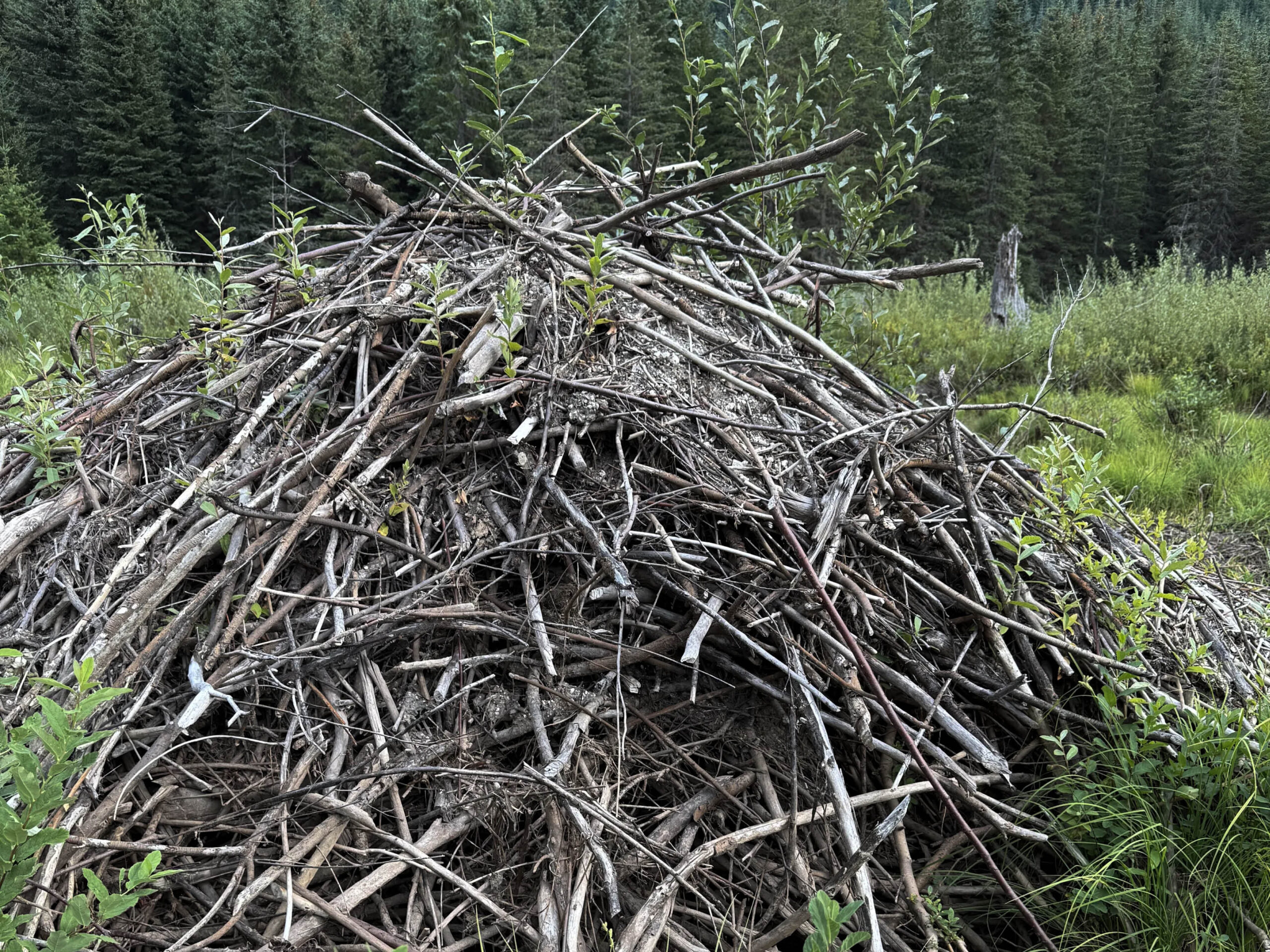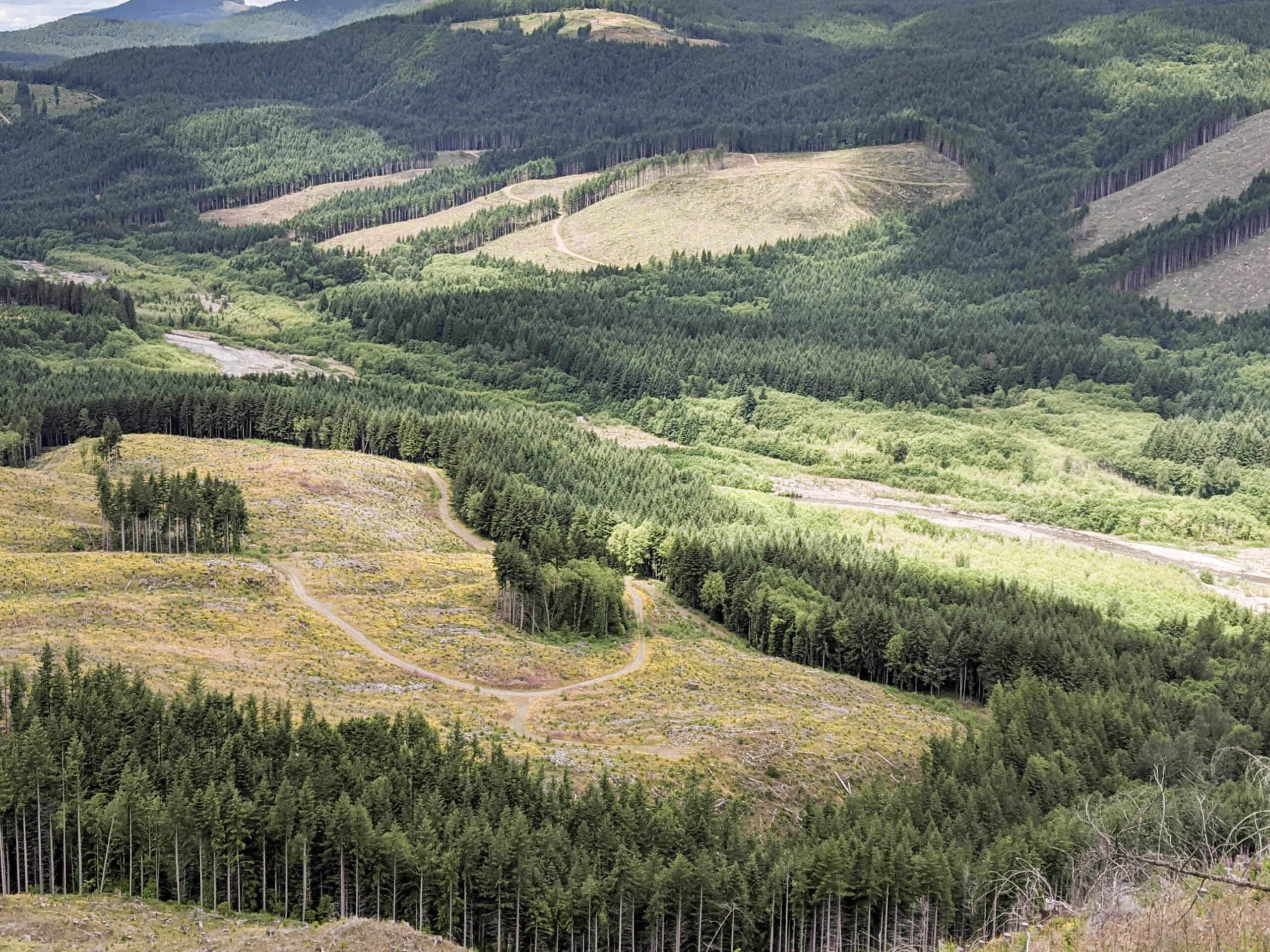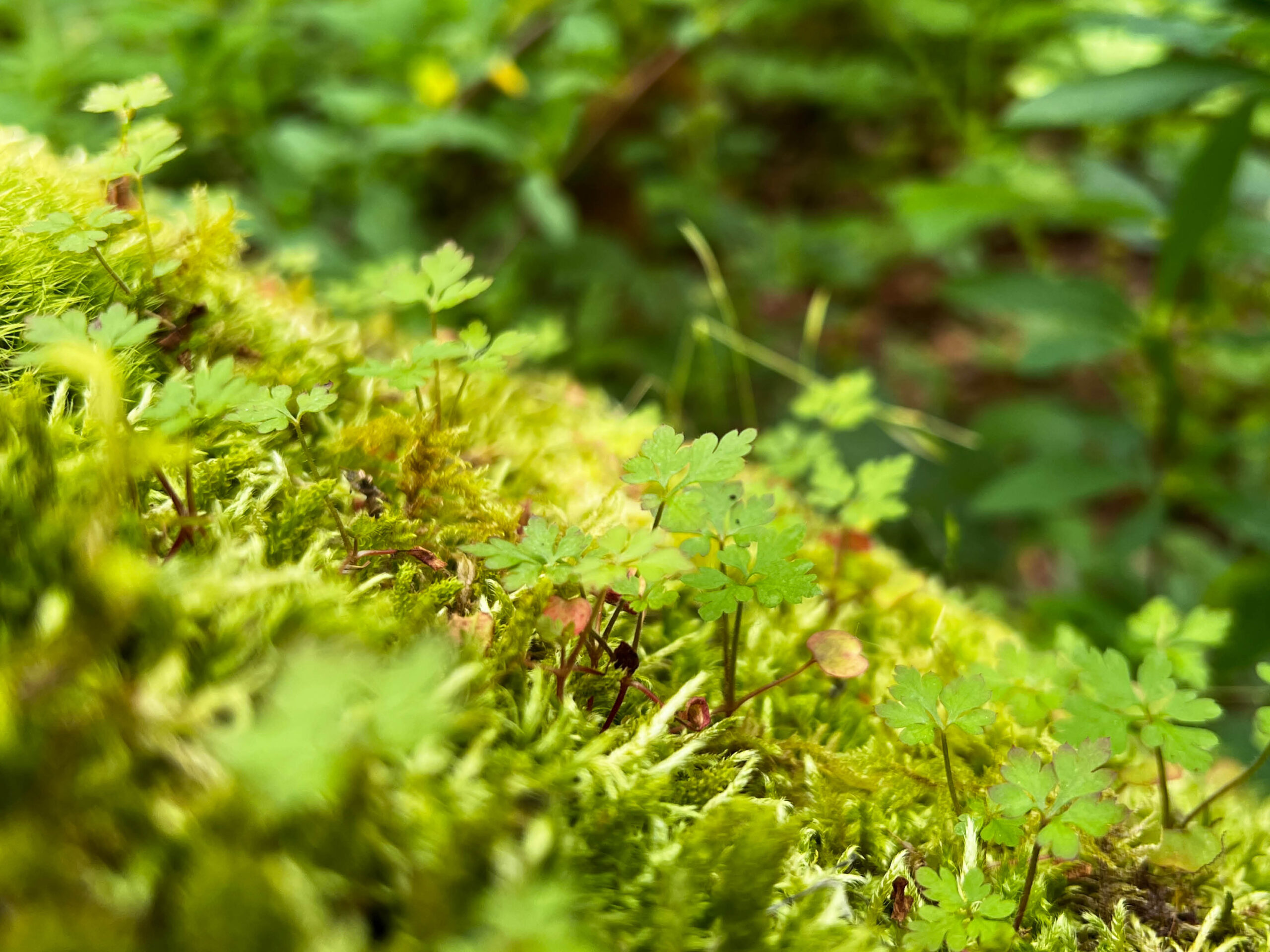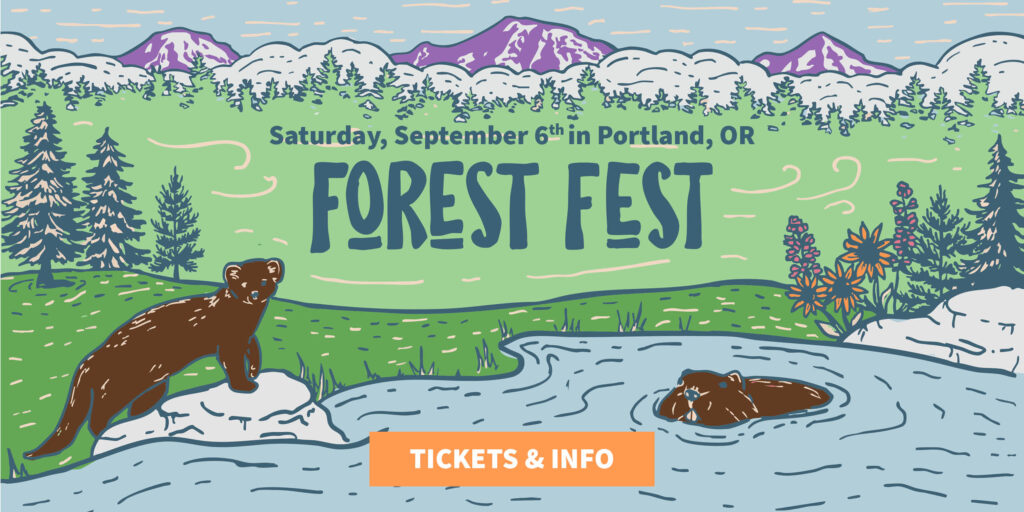I, like many of us, am a proud huckleberry fanatic, so it’s no surprise that huckleberry season (late July through September) is my favorite time of year to be in the forest.
I love huckleberries. If a huckleberry milkshake is on a menu, I’m ordering it. Did I want a milkshake when I came in? Doesn’t matter. Huckleberry lotion? Slather it on. Huckleberry pie? Huckleberry soda? Huckleberry candies? Absolutely! Huckleberry patch along a hiking trail? There goes my schedule for the day.
To celebrate the huckleberry season and the ongoing efforts of Cascade Forest Conservancy’s staff and volunteers to monitor the efficacy of huckleberry patch restoration efforts, please enjoy these delicious huckleberry facts!
1. Huckleberries have been a culturally significant food source since time immemorial
Huckleberries are considered a sacred and culturally significant “first food” among many Indigenous communities in the West, including the Cowlitz Indian Tribe and the Confederated Tribes and Bands of the Yakama Nation. Indigenous communities maintained and enhanced huckleberry fields for centuries by using fire and other techniques to create optimal growing conditions for plentiful berry harvests. A number of adaptations, including fire-resistant foliage, make huckleberry plants resilient to low-intensity fires. Regular burns can even benefit berry production by eliminating competition from less fire-resistant species and allowing more light to reach the forest understory.
Today, huckleberry production is well below the historic estimates we are able to make based on anecdotal observations from Tribes, forest inventory data and historical photos (aerial and other). This is true in forests across the region and at a number of specific, historically important berry patches like the Sawtooth Berry Fields within the Gifford Pinchot National Forest. This decrease is mainly due to fire suppression and the resulting conifer encroachment and increased competition from other shrubs.
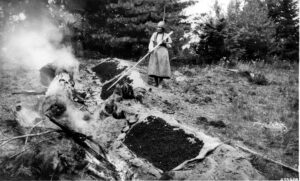
In the Gifford Pinchot National Forest, the U.S. Forest Service is working to restore several huckleberry patches through targeted thinning activities meant to help recreate the growing conditions that existed before the suppression of forest fires and the forced removal of native peoples from their lands.
Cascade Forest Conservancy and our science and stewardship volunteers have been working over the course of several years to assess the impact of these efforts through ongoing monitoring of berry production in the project area.
2. Huckleberries are an economically important forest product
There are efforts underway attempting to produce commercially viable domesticated huckleberries or crossbreed huckleberries with domestic blueberries. However, at this point in time, every huckleberry you have ever eaten or consumed has come from a wild plant somewhere in the forest.
Commercial harvest permits in the Gifford Pinchot National Forest allow individuals to pick up to 75 pounds of berries each harvest season. Depending on the location, year, and whether a picker is selling to a wholesaler or directly to consumers, huckleberries harvested in the forest can fetch local pickers anywhere between $11 to $50 per pound.
3. Huckleberries are exceptionally delicious and nutritious
The twelve species of huckleberries that grow in the Gifford Pinchot National Forests are not true huckleberries, but are in fact native blueberries belonging to the genus Vaccinium. True huckleberries are native to the eastern US and belong to the genus Gaylussacia.
Whatever we call them, huckleberries are exceptionally delicious and nutritious. For example, western huckleberries pack in four times the amount of the beneficial antioxidant anthocyanin than commercially produced varieties of blueberries. Compared to their domesticated blueberry cousins, wild huckleberries have a darker color and a deeper, more intense flavor.
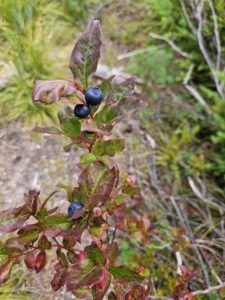
The nutrition provided by huckleberries benefits the health of both human and non-human species. The fruits provide important forage for birds, bears, and many other species of native wildlife.
4. Huckleberry cobbler will change your life
While science has not empirically proved it (yet), among us huckleberry fanatics, it is a widely accepted fact that huckleberry cobbler is the most delicious thing a person can eat.
Obtain a free personal use huckleberry picking permit to get everything you need for your life-changing cobbler here. Non-commercial huckleberry permits allow each permit holder to collect one gallon of berries per day, and up to three gallons of berries per year. Ask a ranger where the berries are ripe, and make sure to pay attention to restrictions indicating where you can and can’t pick.


